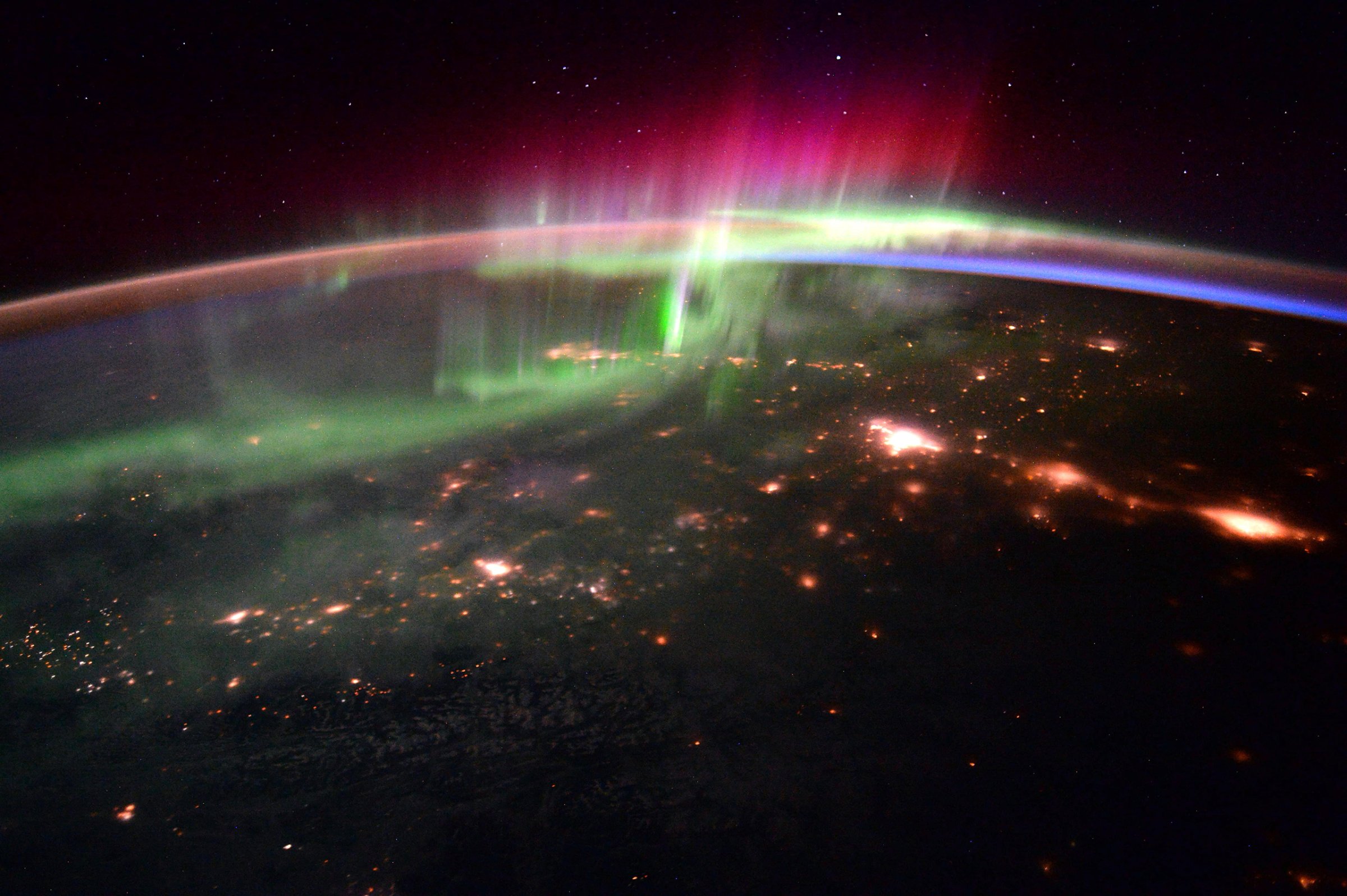
Tim Peake, the European Space Agency’s first British astronaut, returns to Earth today after six months in space.
Peake left planet Earth on Dec. 15, 2015, along with NASA astronaut Tim Kopra and commander-cosmonaut Yuri Malenchenko. His six month, science-focused mission was named Principia, after Isaac Newton’s Naturalis Principia Mathematica. During his time on the space station, Peake maintained the weightless research laboratory, running scientific experiments for researchers on Earth.
Peake took hundreds of photos during his stay, capturing everything from night fishing boats to the aurora borealis. He seems to have a particular soft spot for the dramatic landscapes of Patagonia in Argentina. “One of my favorite pics so far,” he writes of an image of Patagonia’s southern ice field.
But it wasn’t all work. Peake also created a beautiful time-lapse of lightning striking Earth, shared a Facebook video explaining how space toilets work, and even found the time to watch the new Star Wars film.
The three astronauts were scheduled to arrive back two weeks ago, but their mission was extended in order to keep the space station at full capacity. “Although I am looking forward to being back on Earth and seeing friends and family again,” he told ESA, “each day spent living in space is a huge privilege and there is much work to do on the Station. And, of course, I get to enjoy the beautiful view of planet Earth for a little while longer!”

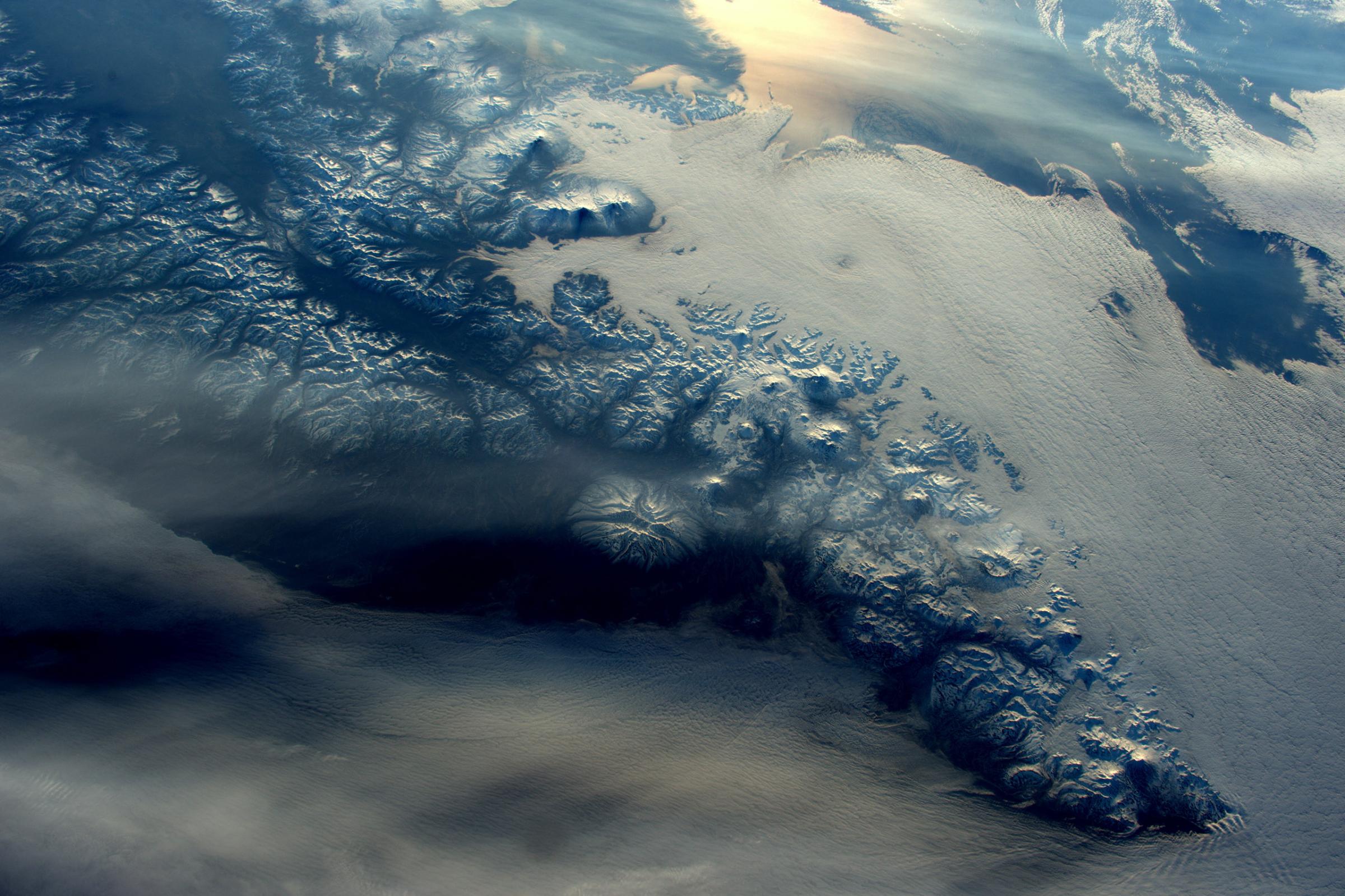
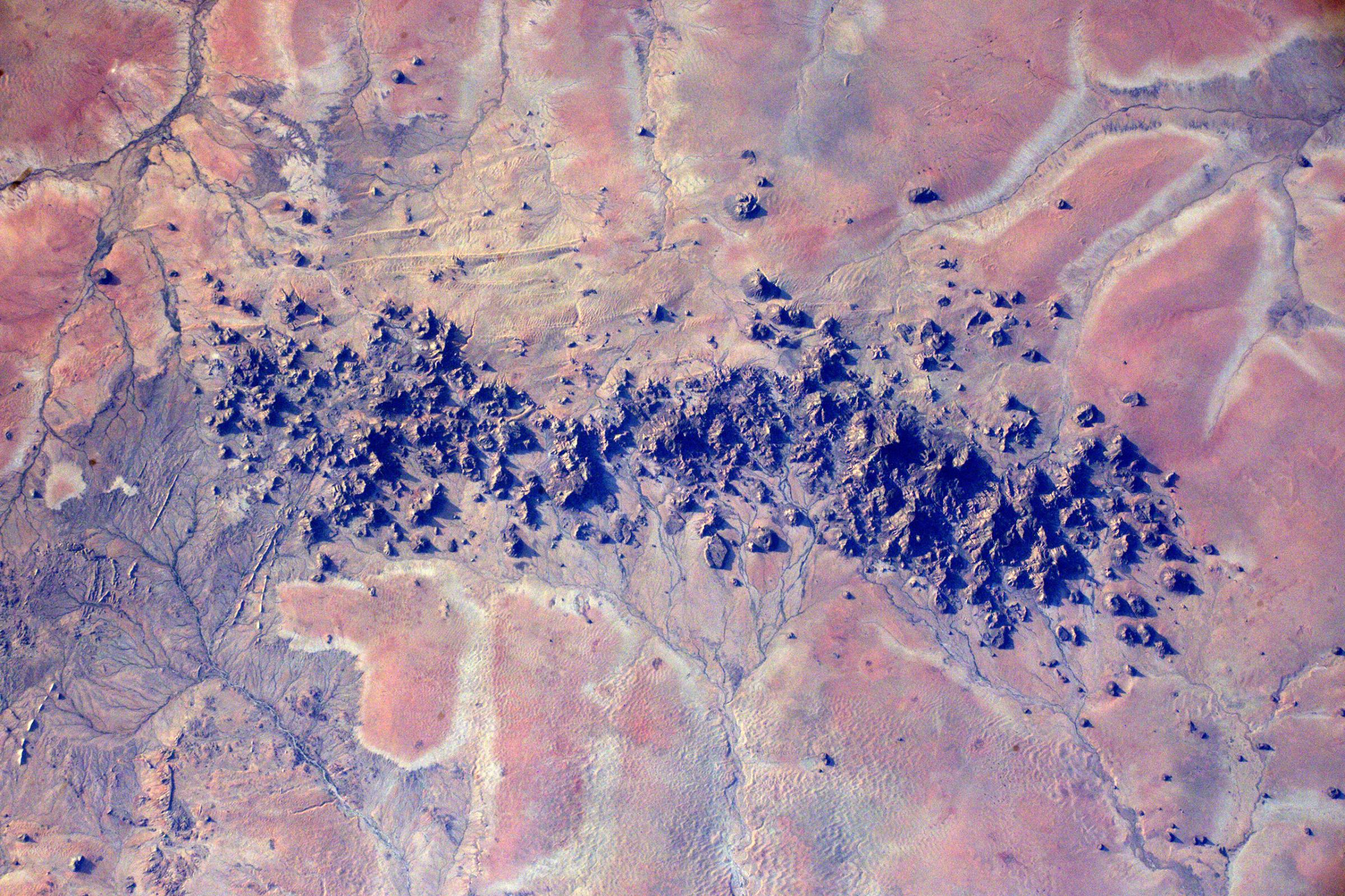
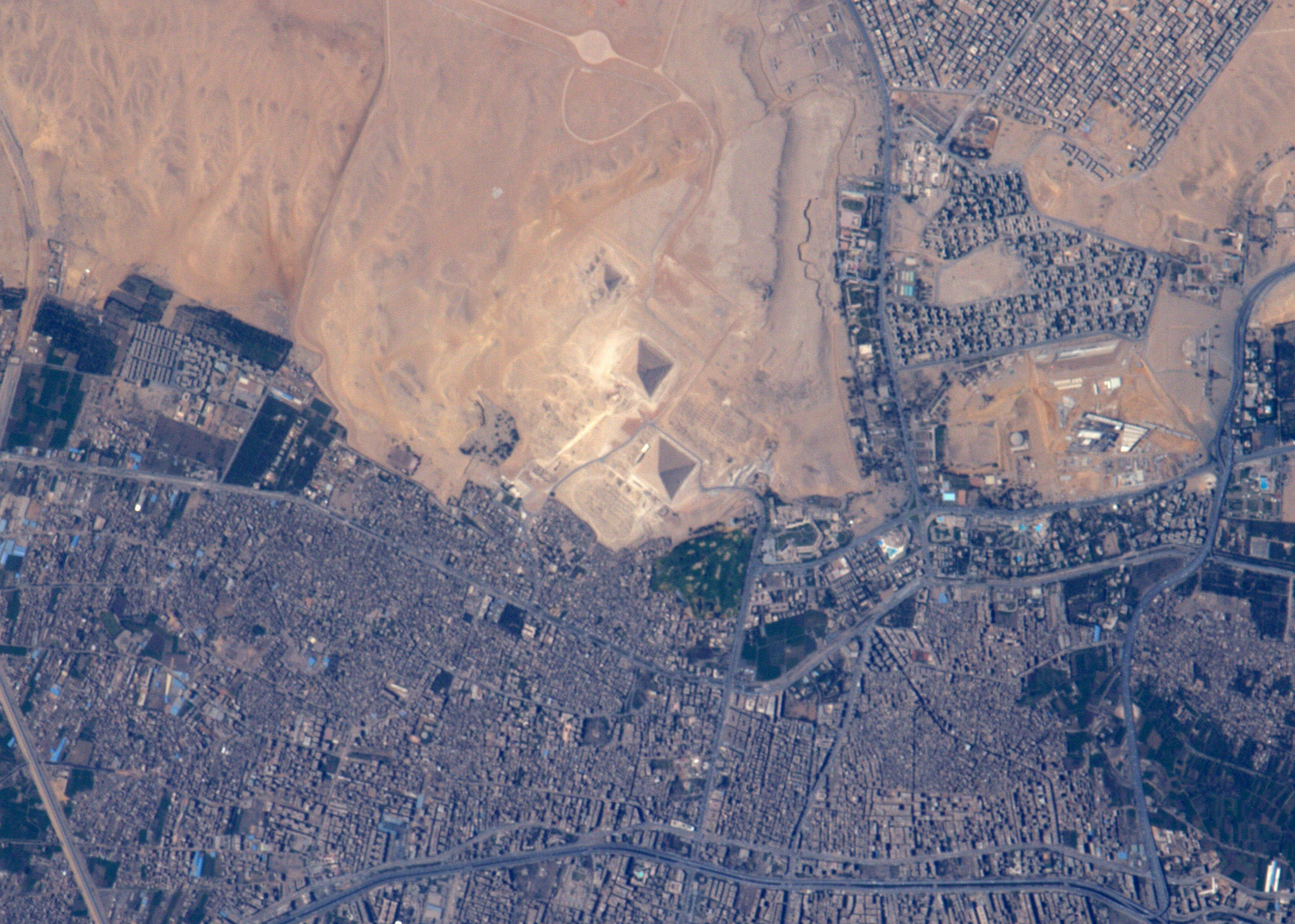
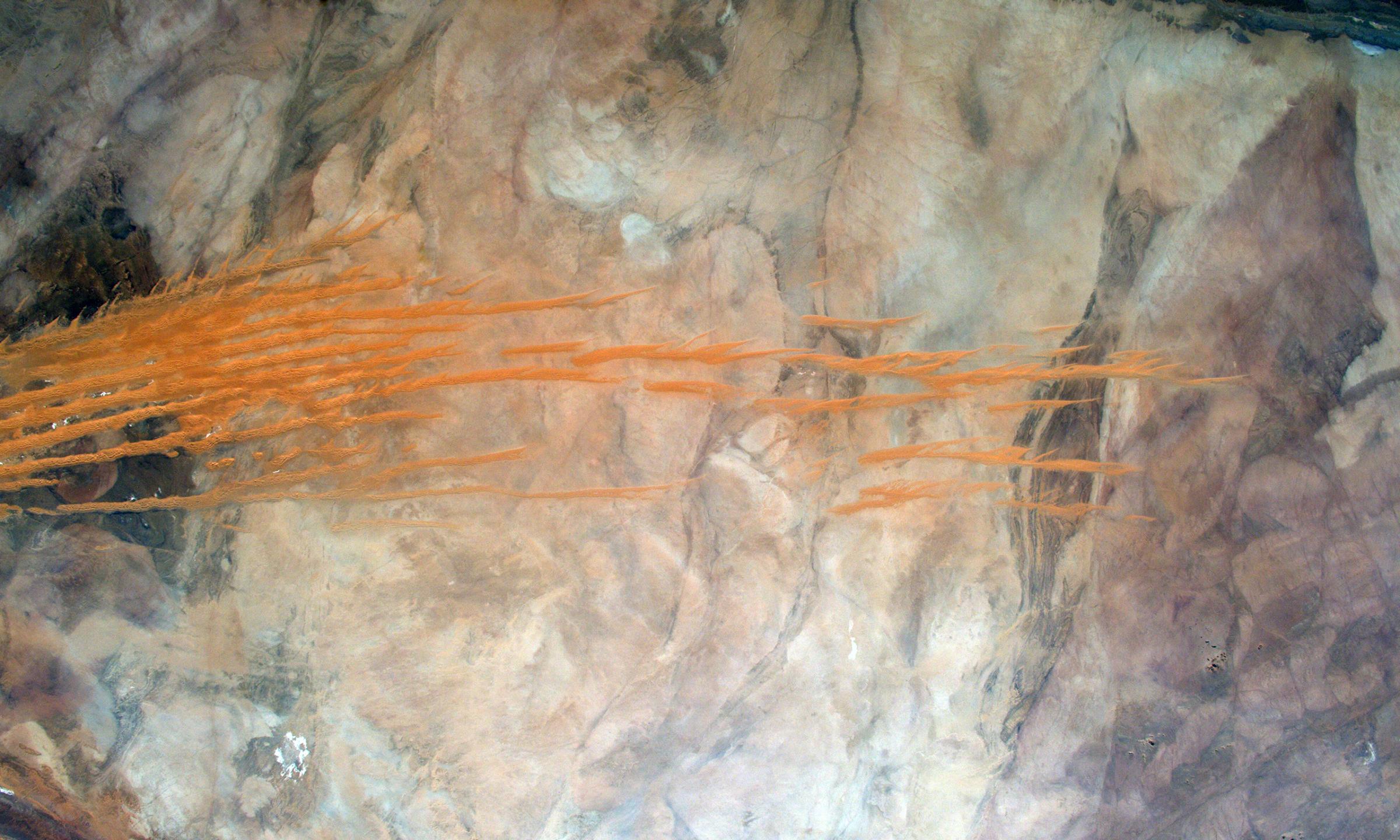
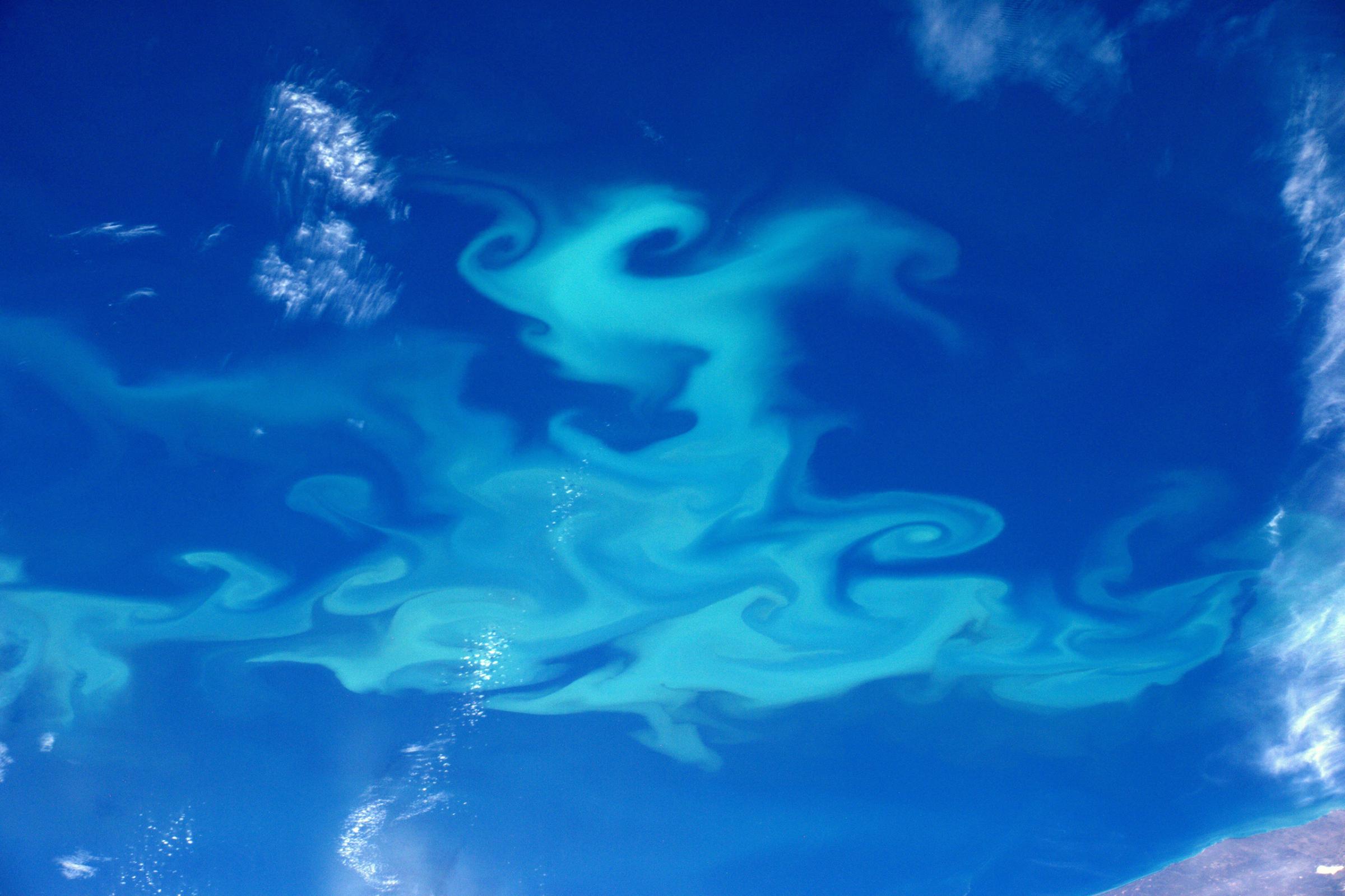
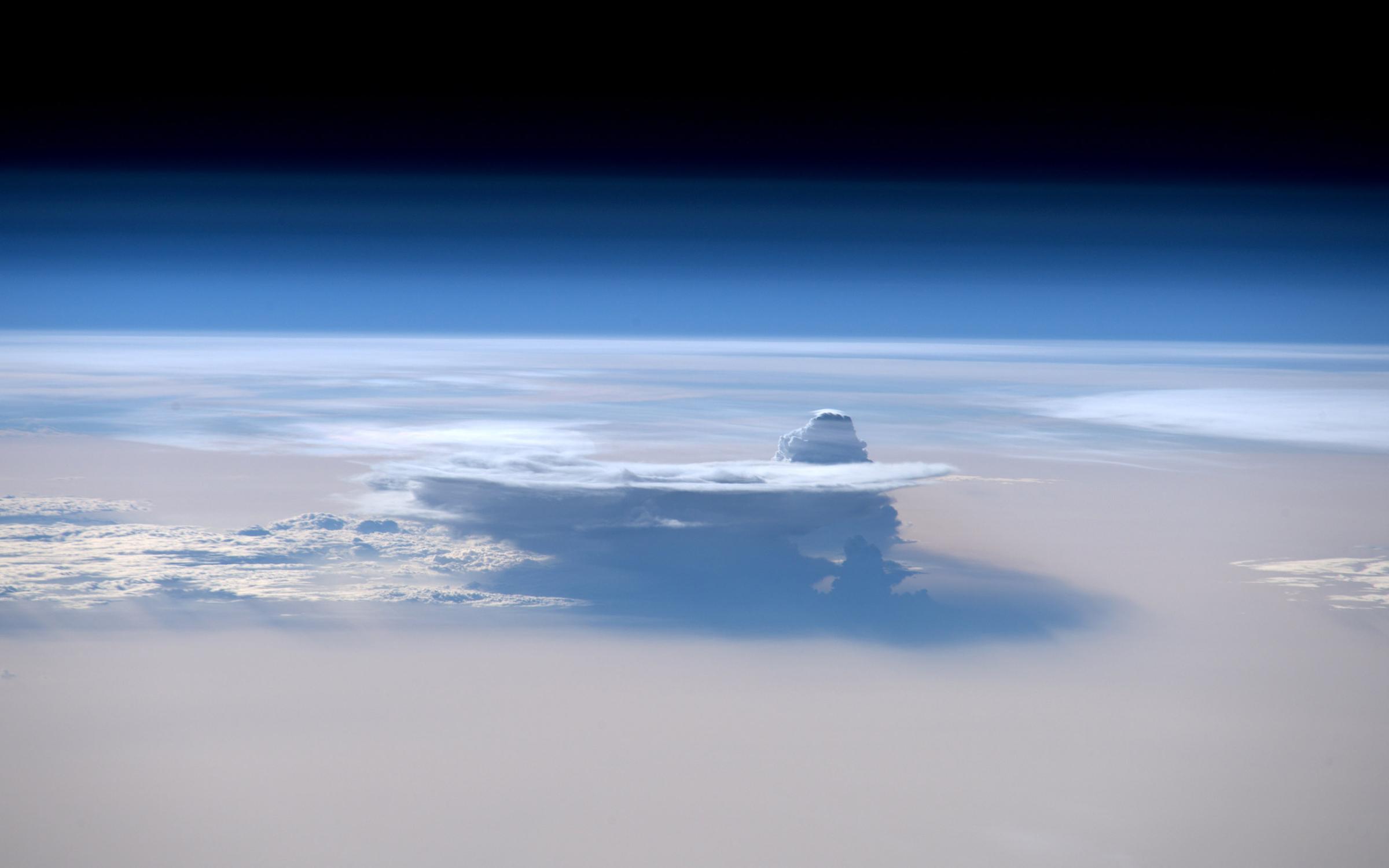
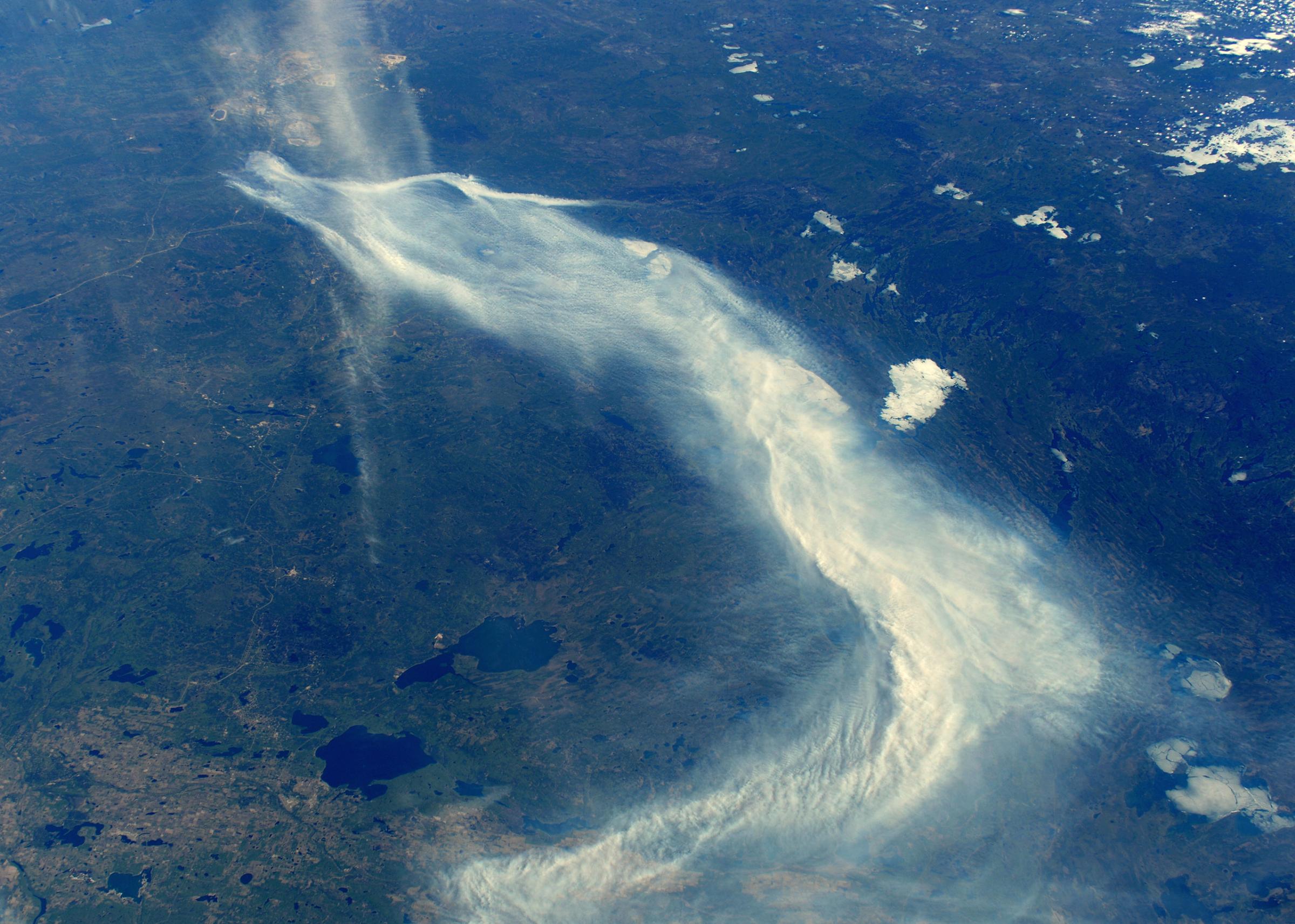


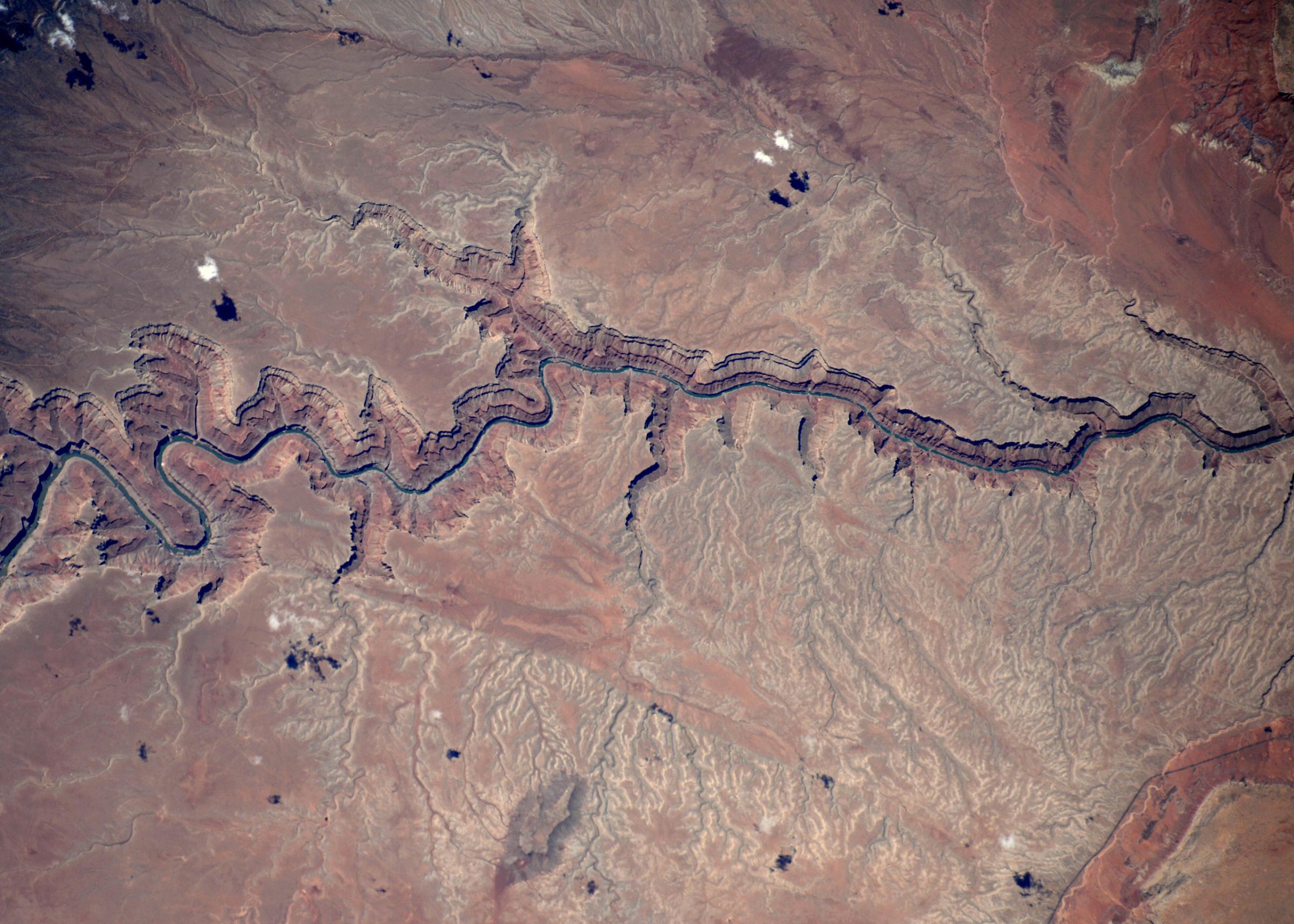
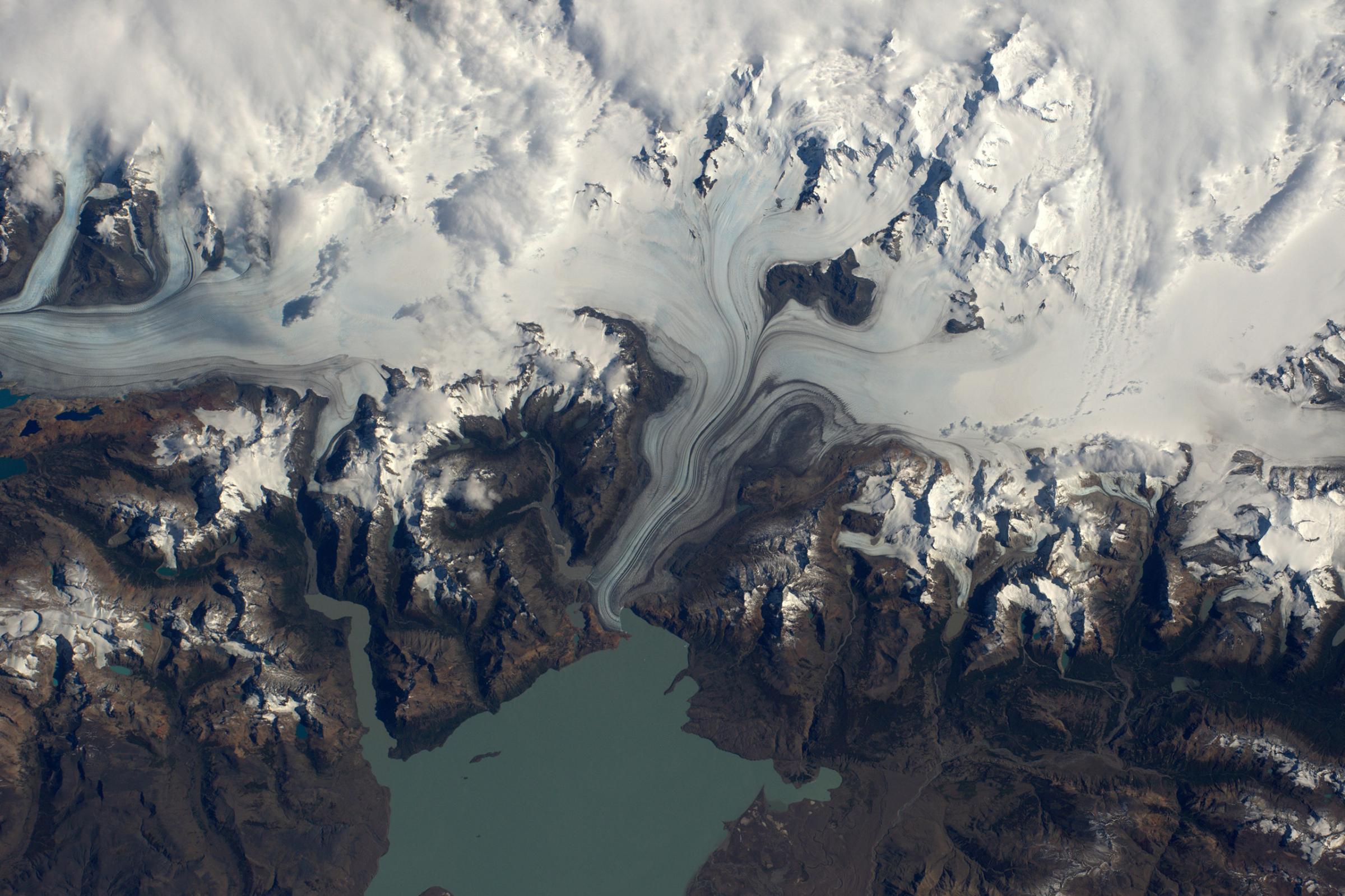
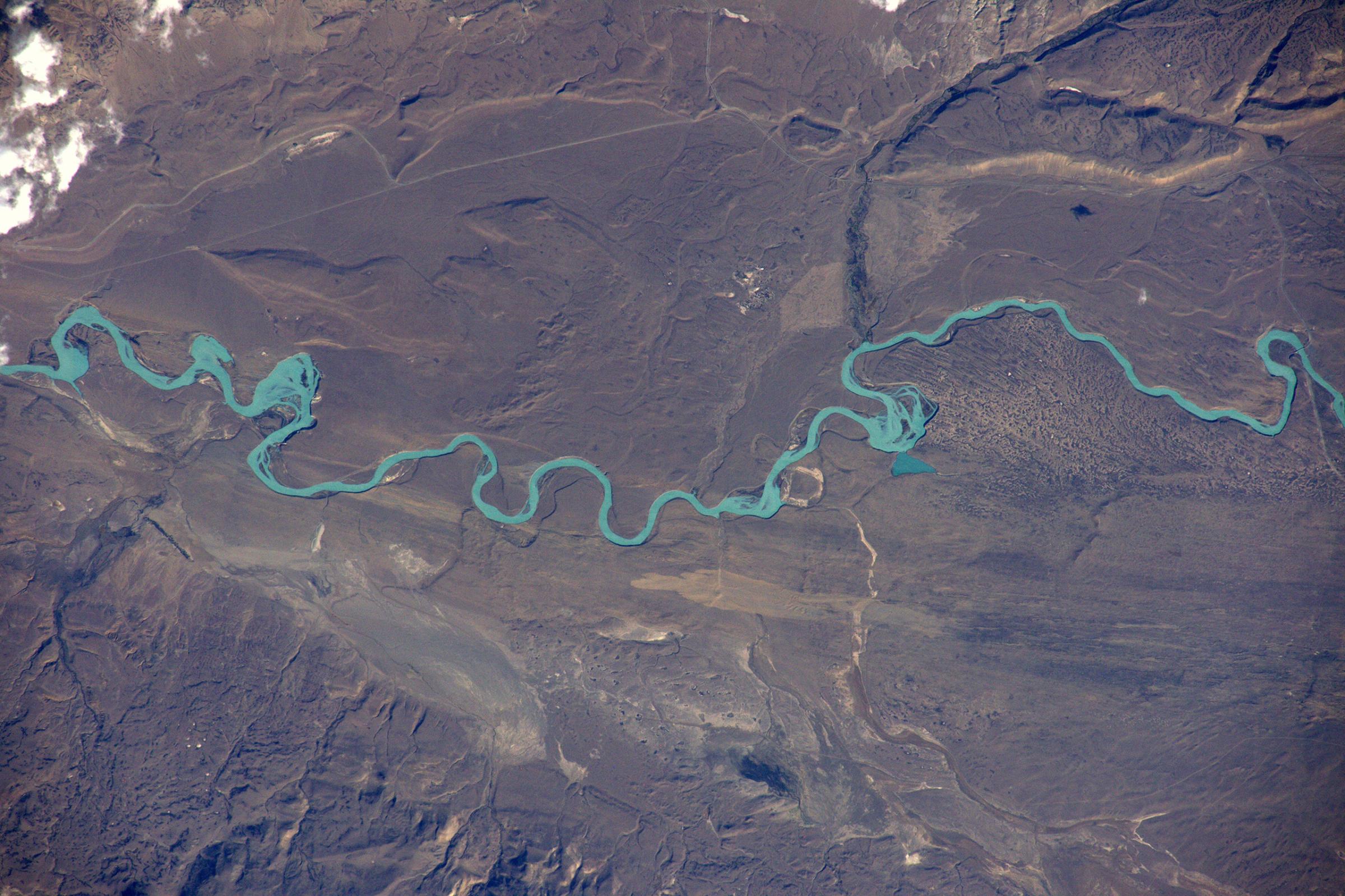
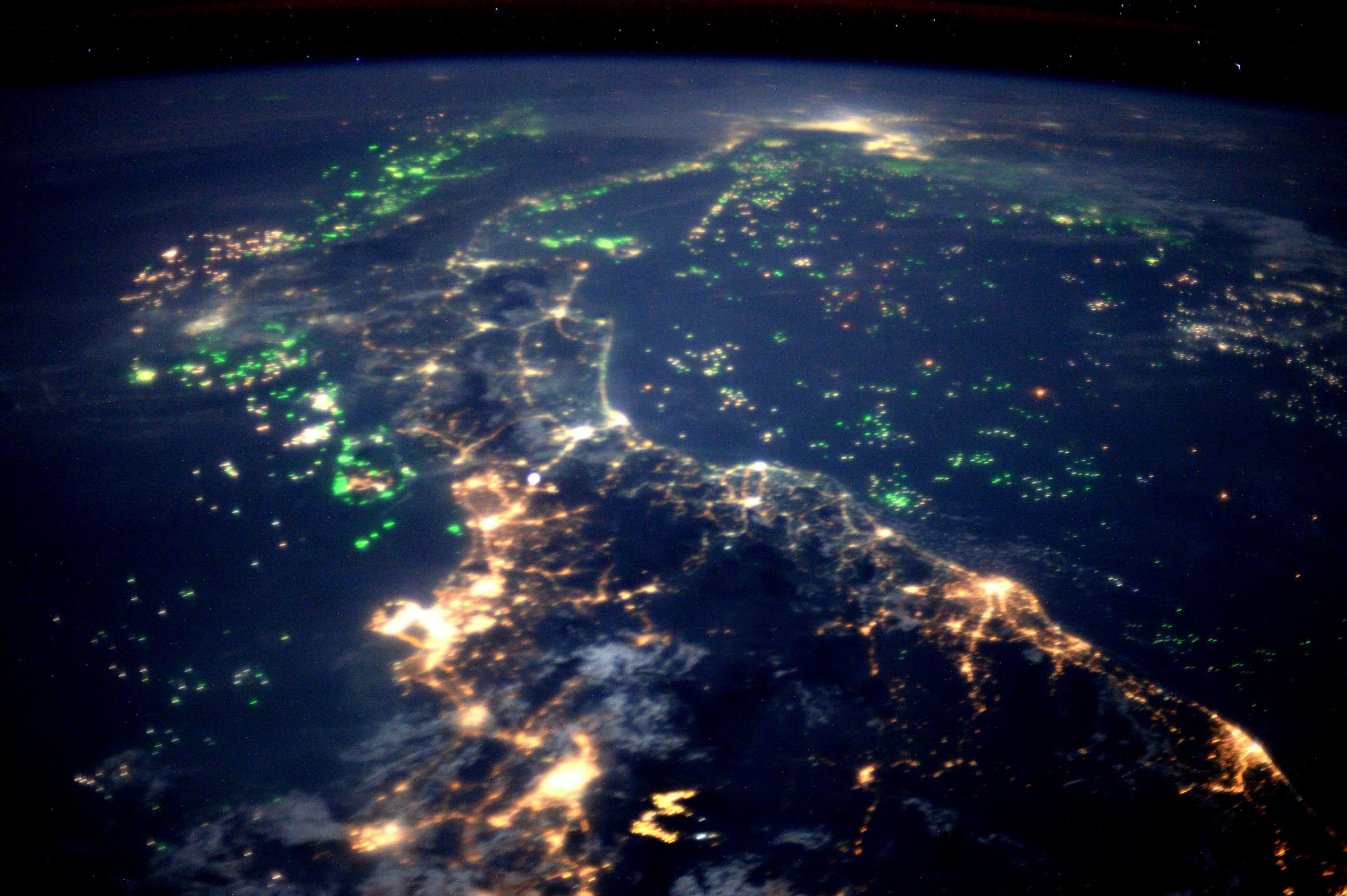
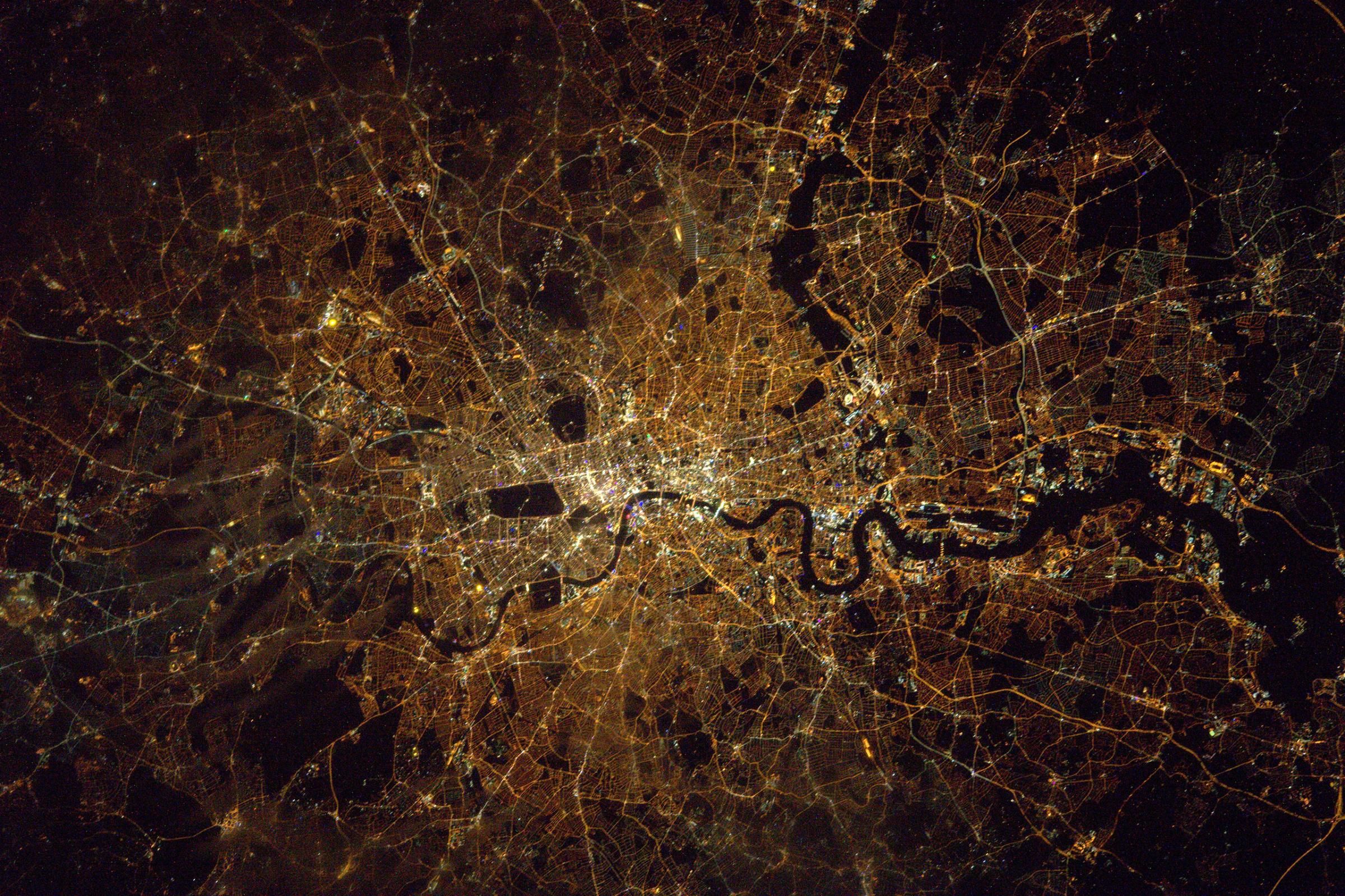

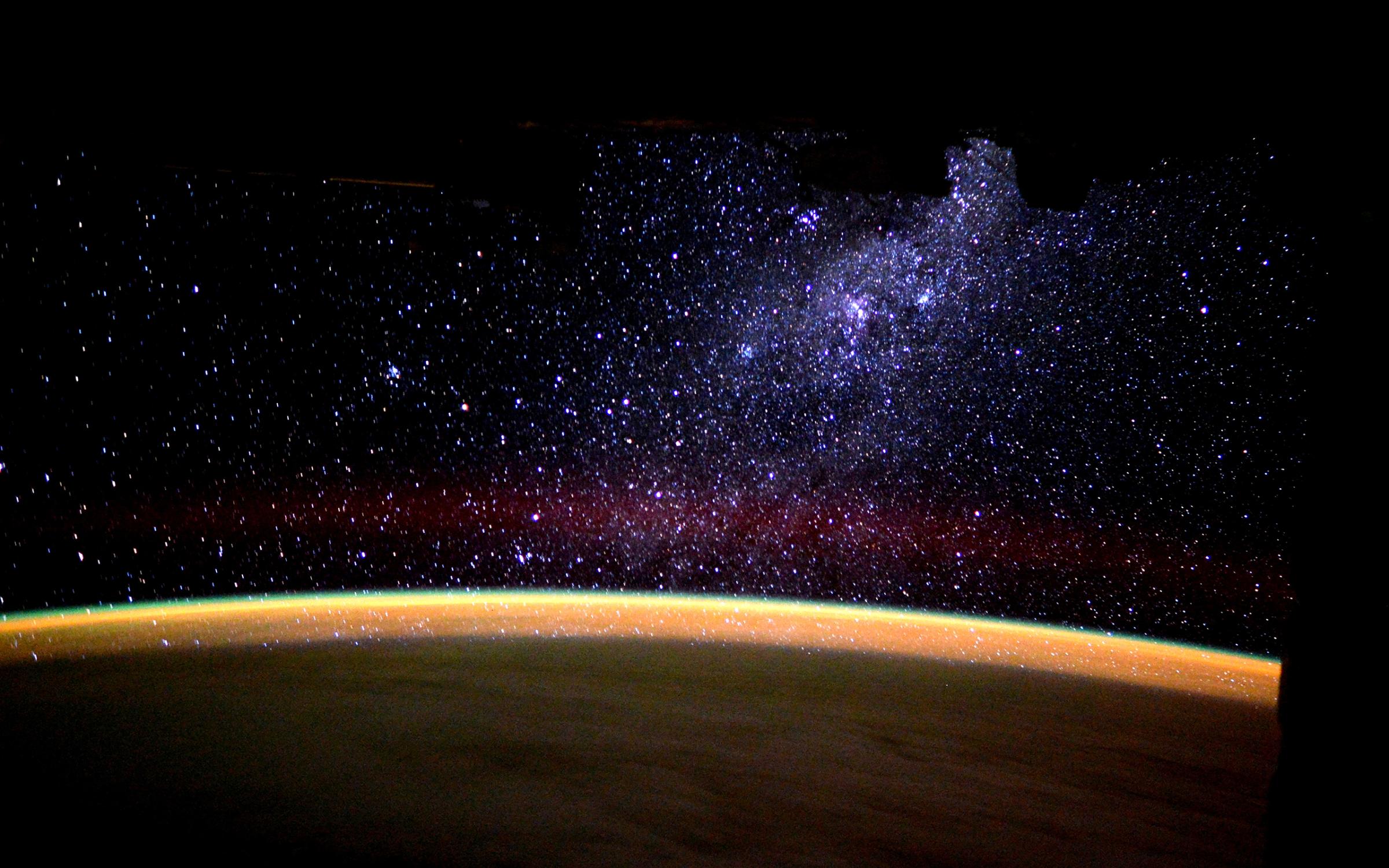
More Must-Reads From TIME
- The 100 Most Influential People of 2024
- The Revolution of Yulia Navalnaya
- 6 Compliments That Land Every Time
- What's the Deal With the Bitcoin Halving?
- If You're Dating Right Now , You're Brave: Column
- The AI That Could Heal a Divided Internet
- Fallout Is a Brilliant Model for the Future of Video Game Adaptations
- Want Weekly Recs on What to Watch, Read, and More? Sign Up for Worth Your Time
Contact us at letters@time.com